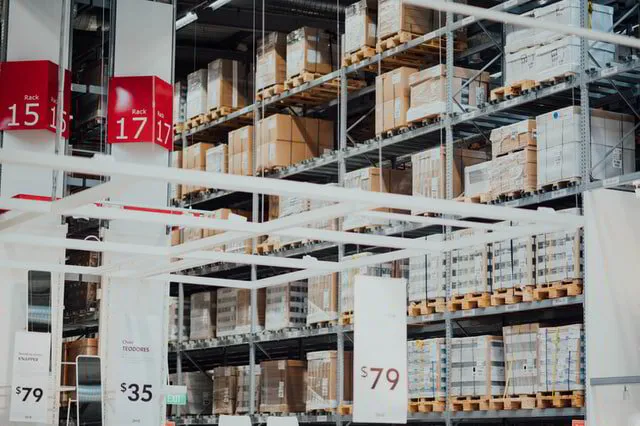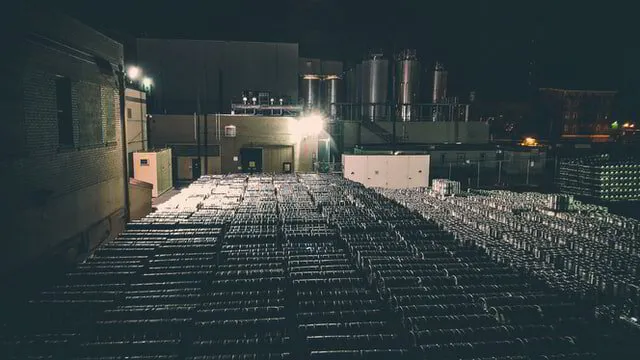You hear that question all the time. What is Lean? and how do I apply it to my business?
The simplest explanation for Lean is that it is a methodology and a way of thinking that seeks to minimize waste while maximizing customer value. It is about creating more value for your customers with fewer resources.
The end goal is a happy customer with a quality product while producing zero waste. That’s great, but what does that mean for your business?
Well, simply put, you’ll be more competitive, and more profitable, get higher ratings, and better reviews, and you’ll have way less stress in your life!
To understand the basics of Lean better, we have to define waste.
We can define the types of waste that exist through 8 generally recognized process activities that are non-value adding in the context of the skilled trades industry.
There’s also a great acronym to help you remember it – TIMWOODS.
Let’s start with T - Transportation.
Transportation means the unnecessary movement of products and materials. This could be your Service Tech driving further than necessary during a job to pick up parts or materials, or maybe you’ve accepted a job from a new customer but not accounted for travel time during rush-hour traffic.
In either case, there may be a closer option, and lucky for you, free tools on the market can help.
I is for Inventory.
Inventory means excess products and materials in Inventory.
Excess Inventory sounds great as you think you always have the parts on hand that you need, but that’s all paid for with cash.
Cash that could be better utilized for other value-added activities like marketing to acquire new customers.
How many service trucks do you have out there with excess Inventory?
And don’t worry about not having Inventory when you need it…we’ll learn how to manage that in later articles.
M is for Motion.
Motion is an unnecessary motion by a person.
I have seen many distributors and contractor warehouses where the fastest moving parts are at the back of the warehouse or in an obscure location.
Does that warehouse person have to walk half a mile for parts that may be handled multiple times in one day?
How organized are your Service Techs for the different jobs they do daily?
Is it possible they ever have to go to their truck to get a tool or part they forgot?
Every additional trip back and forth to their vehicle costs time and money… and leads to unhappy customers.
W is for Waiting.
Waiting is one of the most significant areas for improvement.
A familiar example is Service Techs waiting around at wholesalers to either place an order or pick one up.
Pre-ordering the parts before the tech even starts driving there would mean huge gains in productivity!
If your revenue-generating crews are not billing at every possible chance, then they are incinerating cash. I know which one I prefer.
First O is Over-Production.
Overproduction means producing more than what’s required or creating it before it’s needed.
In the case of manufacturing or purchasing products, this turns into excess inventory.
In the services industry, an overcomplicated invoicing system in a small business could mean you are spending excess time or labor on its management.
This is time that could be better spent elsewhere.
Second O is for Over-Processing.
Over-processing means more work or a higher quality product than is required by the customer.
Everyone loves those high-quality welds you produce, but are you over-engineering that install?
If the customer doesn’t want to pay for it, you are not adding value.
A simple way to improve is to make sure the customer expectations are clear before the job starts… if the customer understands it, I sure hope your tech does as well.
D is for Defects.
This is self-explanatory. This could be anything from poor documentation, failed parts, incorrect installation, or letting the apprentice do all the work.
This means you will be reworking or replacing whatever failed, all at your own cost.
Defects on the job always translate into warranty work. The simple solution for this is decreasing waste in every area possible will give you more time to do the things that matter, like performing quality work.
Finally, S is for Skills.
Skills is about the underutilization of the skills and capabilities of people.
Maybe you’re not fully utilizing that apprentice that’s become awesome at installs.
Perhaps it’s the boss not letting you make your own decisions on the job site.
Where people are not fully utilized, it is a waste.
Communication is critical when it comes to skills, so talk to your team and find out what they enjoy doing… that might help you better utilize their skills.
Lean Thinking
Eliminating these types of waste means lower costs, faster processes, higher quality services and products, and, more importantly, happier customers.
To do this, we have to think about Lean.
Lean thinking is the ability to see and understand what adds value and what doesn’t and then have the plan to improve it.
Once you recognize the waste in the process, you can use lean principles to reduce waste systematically through continuous improvement.
Again, the purpose is to maximize what adds value while reducing what is non-value-adding.
Now that you understand what waste is, how do we remove it from our business or daily processes?
In the next article, we will discuss the principles and tools you can utilize to help eliminate waste and improve your business.
If you’ve recognized that you might have a few of these problems in your business, you should sign up below to be alerted when we release our next Lean article.
Also, we’ll be coming out with an easy-to-follow step-by-step guide to help skilled trades service companies go Lean, so sign up now, and you’ll be the first to know when it gets released!
This article was written by Russell Jones
VP of Operations @ Phyxter and SEO Specialist for SEO Kangaroo Digital Marketing
Click here to connect with Russell on Linkedin
Read the next article in our Lean Series: Implementing a Visual Work Space









